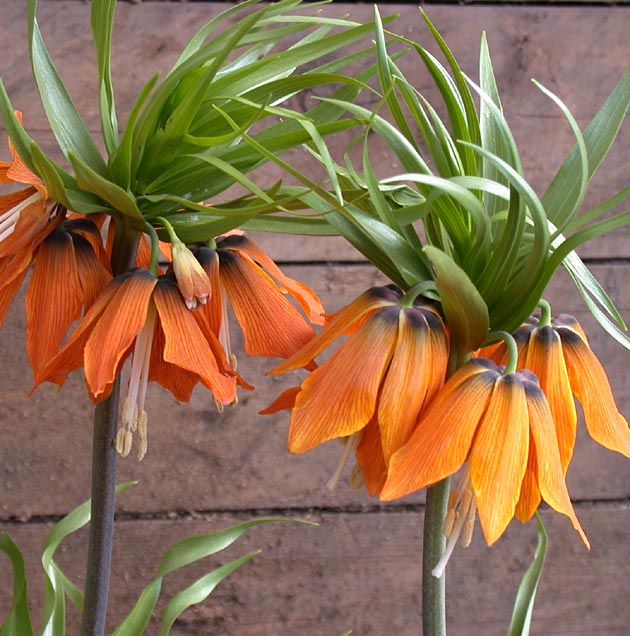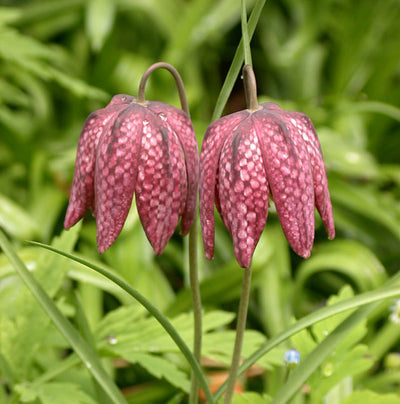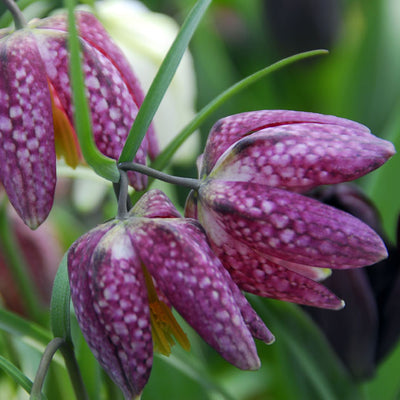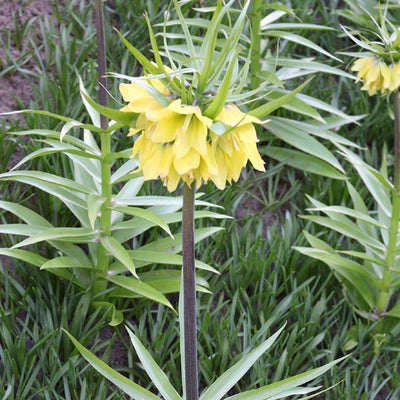Planting Guide
Fritillaria

How to Plant Fritillaria Bulbs
When to plant:
Fritillaria are hardy bulbs that can be planted outdoors in fall, from September through December. For the best results, plant them the same year they are supplied, as they don’t store well into the following season. If you can’t plant immediately, keep them in their packaging with good airflow and store in
a cool, dry place. However, the longer they are stored, the more likely they are to deteriorate - planting in autumn is always best.
Where to plant:
Fritillaria grow well in borders, cottage-style plantings, rock gardens, and patio containers. They prefer free-draining soil in full sun or partial shade. If your soil is heavy or clay-based, improve drainage by working in compost and grit or sand before planting. Unfortunately, fritillaria aren’t recommended for containers, since these bulbs do best when they are left undisturbed for long
periods of time.
Planting depth and orientation:
Bulb size varies depending on the Fritillaria variety—some species are small and delicate, while others, like Crown Imperials (Fritillaria imperialis), produce large, showy bulbs. A mild odour is natural with these bulbs. As a general rule, plant Fritillaria bulbs about 1–2 times as deep as the bulb is
high. Position the pointed side upwards. For Crown Imperials, which have a hollow crown rather than a clear point, place the side with spindly, dried roots facing down. If you’re unsure, planting the bulb on its side works too, as shoots will naturally find the surface.
Spacing:
For smaller bulbs, scatter them into wide, shallow planting holes or set them individually around 5–10 cm apart. Larger bulbs should be planted one per hole, spaced roughly twice the bulb’s width apart to allow room for growth.
After planting:
Backfill with soil or compost and gently firm down. Water if the soil is very dry at planting time. During winter, fritillaria bulbs rarely need watering unless the weather is unusually mild and dry. In spring, provide occasional water only during extended dry spells.
Aftercare:
Leave bulbs in the ground year after year—they are perennial and will return reliably each spring. After flowering, remove spent blooms to tidy the plant, but always allow foliage and stems to fully yellow and die back before cutting them away. This process replenishes the bulb’s energy for next season’s flowers.









